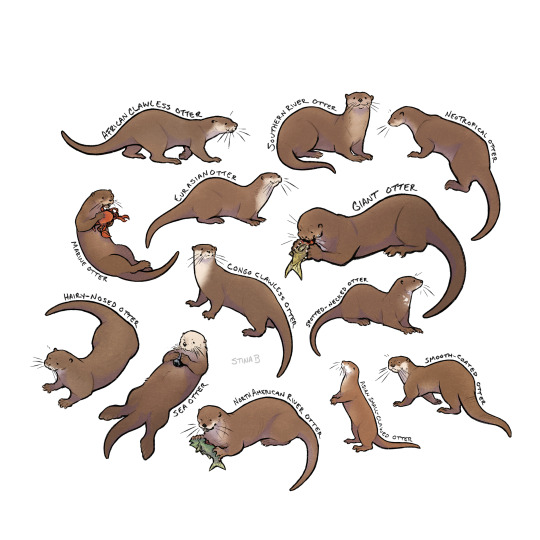#asian wildlife
Photo
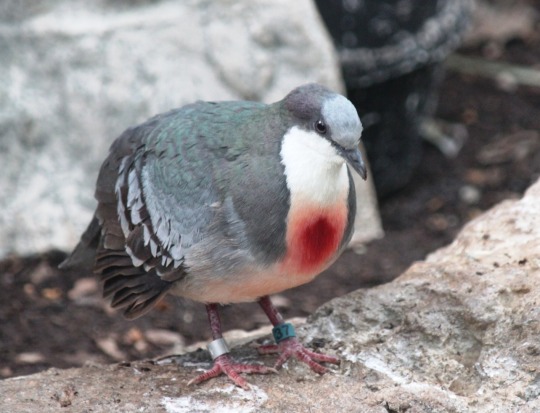
Luzon Bleeding-Heart Dove (Gallicolumba luzonica)
Family: Pigeon and Dove Family (Columbidae)
IUCN Conservation Status: Near Threatened
Found only on the island of Luzon (the largest island in the Philippines Archipelago) the Luzon Bleeding-Heart Dove is one of several species of “bleeding-heart doves”, so named for the unusual bright-red patches on their chests which bare an uncanny resemblance to a bloody wound (complete with paler red markings surrounding the vivid red center, making the feathers appear blood-stained.) These bright red markings are present in both females and males, and while their exact purpose is the subject of extensive debate it is generally assumed that they are related to sexual selection; males typically have larger, redder “wounds” than females, and during courtship they produce loud, hooting calls, puff out their chests and “bare their hearts” to potential mates, with females seemingly preferring males with louder calls, bigger chests and redder markings. Rarely encountered in the wild due to their extreme timidity and near-total silence outside of courtship, Luzon Bleeding-Heart Doves inhabit lowland forests and are unusual among pigeons in that they are largely terrestrial, foraging for fruits, seeds, insects and worms on the forest floor during the day and taking flight only at night to reach safe roosting sites in the branches of trees - even when threatened by potential predators (such as monitor lizards and birds-of-prey) they are more likely to flee into dense vegetation than to fly away, despite being fully capable of doing so. After forming a bond members of this species typically remain together for life, foraging and roosting in pairs and working together to defend their nest and raise their young; Luzon Bleeding-Heart Doves are believed to nest in trees towards the end of Luzon’s dry season (during the early-to-mid may), with females laying 1-2 pale white eggs which both parents incubate (with males typically sitting on their nest during the day and females sitting on it overnight.) Young Luzon Bleeding-Heart Doves hatch after around 16 days of incubation, fledge when around 2-3 months old and are mature enough to find partners of their own after roughly 18 months.
--------------------------------------------------------------------------
Happy Valentine’s Day!
Image Source: https://www.inaturalist.org/taxa/3168-Gallicolumba-luzonica
#Luzon Bleeding-Heart Dove#bleeding-heart dove#bird#birds#dove#doves#pigeon#pigeons#ornithology#zoology#biology#animal#animals#wildlife#Asian wildlife#Philippines wildlife#Happy Valentine's Day!
1K notes
·
View notes
Text
Some good news from Indonesia: the Sumatran Rhino Sanctuary in Way Kambas National Park has just announced that on November 25th their female Sumatran Rhino named Delilah gave birth to a healthy male calf!!!

(Photo credit: Indonesian Ministry of Environment and Forestry)
The as of yet unnamed calf is the second calf born at the sanctuary this month, and his mother Delilah was the second calf ever born at the sanctuary as well as the first captive bred Sumatran rhino to successfully give birth in captivity, so this is great news for captive breeding efforts of this species. There are only somewhere between 34 and 47 Sumatran rhinos in the wild, so captive breeding is incredibly important for this species survival. The sanctuary plans to eventually release the rhinos born at the sanctuary in order to help build the wild population back up. This baby is the fifth calf to be born at the sanctuary, and in addition to being Delilah’s first calf, he is also the first calf to be sired from his father, Harapan, who was originally born in the Cincinnati Zoo.

The mother and calf are currently being held in a naturalistic enclosure at the sanctuary (as the goal is to try to get them to live a life as similar to in the wild as possible) and are being heavily guarded to protect them from poachers. This species has suffered so much due to a combination of poaching for their horns as well as habitat loss. They are also pretty hard to keep and breed in captivity due to their shy nature, so this calf is amazing news!
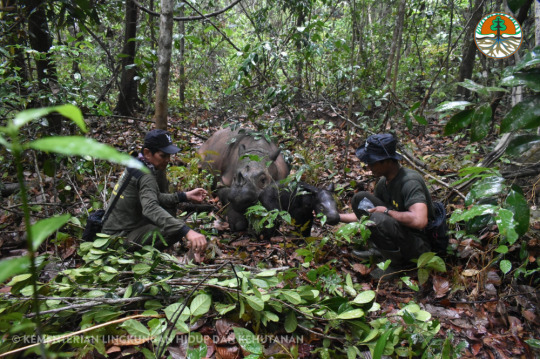
Also! Fun fact: this species of rhino is the closest living relative of the extinct Woolly Rhinoceros (Coelodonta antiquitatis). Which makes sense since the Sumatran rhino is the hairiest of all the living rhino species, which you can especially see with the babies.
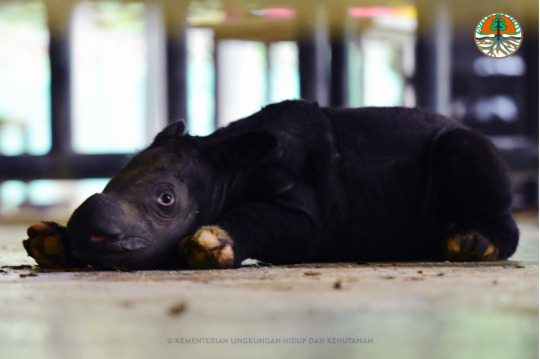
#indonesia#Indonesian wildlife#rhinoceros#sumatra#Sumatran rhinoceros#conservation#endangered species#good news#baby animals#baby rhino#wildlife#asian wildlife#animals#animal lover
329 notes
·
View notes
Text

Amur tiger taking a bath on a hot day
#tiger#amur tiger#big cats#tigers#mammals#zoos#zoo animals#animals#photography#mine#asian wildlife#wildlife#naturalist#nature photography#ecology#nature
261 notes
·
View notes
Photo
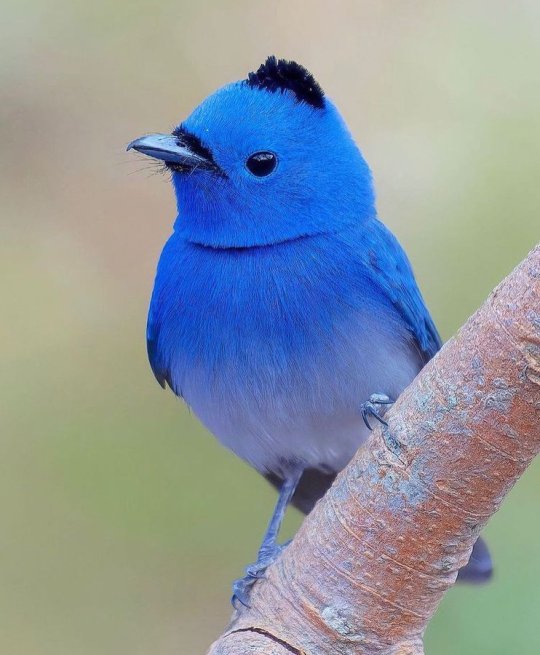
What’s this? A male black-naped monarch. Don’t you love the little black patch on the top of his head?
1K notes
·
View notes
Text
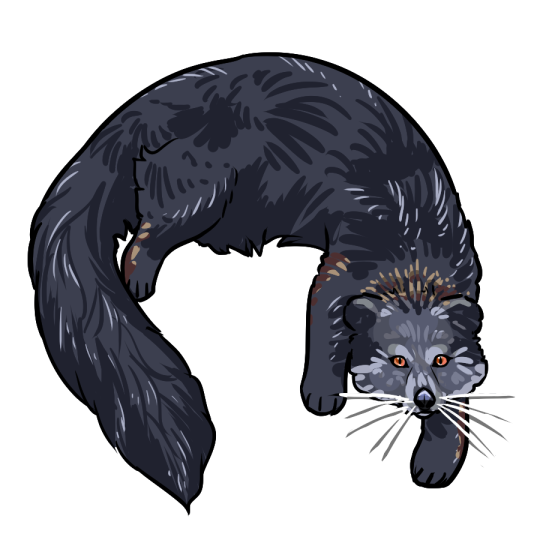
Binturong //
This sticker is available on my Redbubble!
17 notes
·
View notes
Text

Jungle cat, or swamp cat, or reed cat. Native to many parts of Asia.
14 notes
·
View notes
Text
I will never understand the mentality of ‘putting down’ and animal for acting like an animal…
Punishing animals for acting on instinct is like punishing an infant for crying
#animals#wild animals#big cats#wildlife#zoology#animal rights#animal attack#wildlife conservation#conservation#nature#natural selection#pets#dogs#cats#african wildlife#asian wildlife#lions#tiger#pitbull#sharks#marine life#marine biology#predator
4 notes
·
View notes
Text
Section 3 / Continent: Asia
General Layout:
Section 3 has a large wooden bridge instead of a pathway, with rows of enclosures along the banks of the lake it stretches across. The lake itself is sectioned off into eight parts for different aquatic animals. There's also an aquarium and a petting zoo on both ends of the bridge that allows for a closer, more hands-on experience with some of the animals.
Along with using the bridges, guests can use the ziplines, boats, and trains to get around the section.
Guests can also visit the section's restaurants, gift shops, and amenities, including viewing points with binoculars and telescopes, cafes, and art and pottery stations.
The Animals:
Amphibians: Frogs and Salamanders
Aquatic/Semi-Aquatic Mammals: Dolphins, Dugongs, Otters, Seals, and Whales
Birds: Cranes, Eagles, Herons, Hornbills, Junglefowl, Kingfishers, Openbills, Owls, Peafowl, Pheasants, Pittas, and Tits
Fish: Barbs, Betta fish, Carps, Catfish, Eels, Mudskippers, Perches, and Sharks
Insects: Ants, Beetles, Butterflies, Dragonflies, Mantises, Moths, Stick insects, and Stink bugs.
Misc. Carnivores Animals: Leopards, Linsangs, Pangolins, Tigers, Weasels, and Wolverines.
Misc. Herbivorous Animals: Antelopes, Bats, Bears, Buffalos, Camels, Deer, Elephants, Pikas, Porcupines, Red Pandas, Rhinoceroses, and Serows.
Misc. Omnivorous Animals: Badgers, Bears, Binturongs, Boars, Hamsters, and Squirrels.
Primates: Gibbons, Langurs, Loris, Macaques, and Orangutans.
Reptiles: Alligators, Crocodiles Lizards, Snakes, and Turtles.
#the butterfly's effect#notes#writers on tumblr#current wip#writeblr#writblr#writing#wip#work in progress#zoo#wildlife#asian wildlife#asian fauna#asian animals
0 notes
Text


Magpie is trying to connect with the moon.

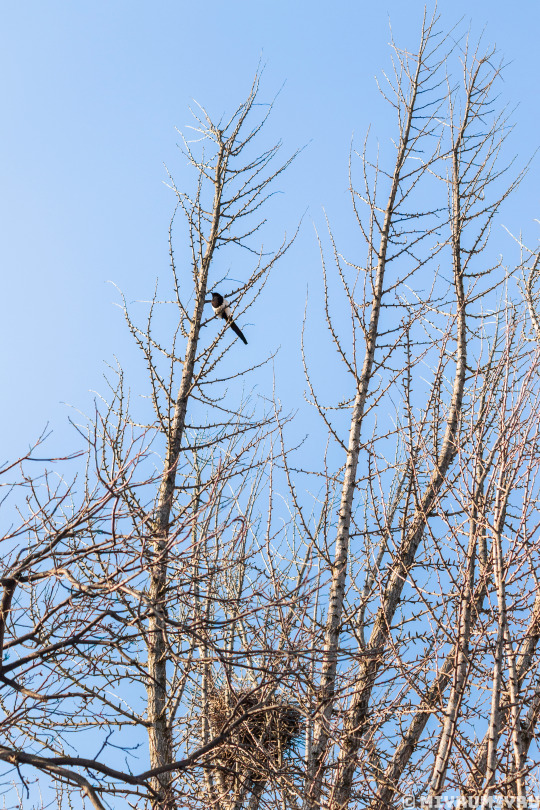
The solitude keeper U_U
Oriental magpie (Pica serica)
#original photographers#photographers on tumblr#my photography#lensblr#magpie#bird#birds#birb#birbs#photography#photographer#oriental magpie#asian magpie#magpies#Pica serica#wildlife#animal photography#naturephotography#birdphotography#wildlife photography#bird photography#solitude#noai#no ai#no to generative ai
2K notes
·
View notes
Text

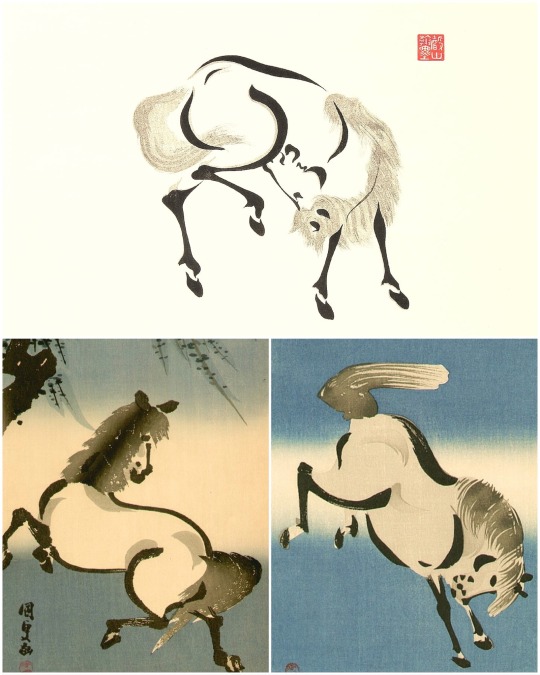
Aoyama Seizan, Horses, 1930s
#Aoyama Seizan#horses#woodcut#japanese prints#woodblock print#equestrian#horseback riding#asian art#aesthetic#asian aesthetic#japanese aesthetic#modern art#art history#aesthetictumblr#tumblraesthetic#tumblrpic#tumblrpictures#tumblr art#tumblrstyle#japanese art#beautiful animals#wildlife#nature#beautiful horse
3K notes
·
View notes
Text
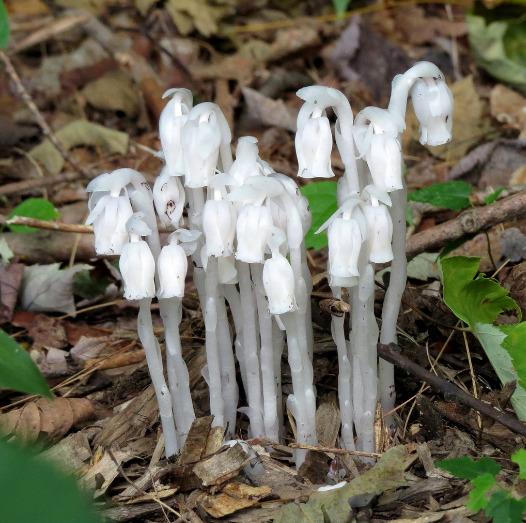
Ghost Plant (Monotropa uniflora)
Family: Heath Family (Ericaceae)
IUCN Conservation Status: Unassessed
Over 80% of plants form mutualistic relationships with soil-dwelling fungi, linking their roots to the fungus' hyphae and providing photosynthetically produced sugars in exchange for hard-to-access nutrients that the fungus takes in from the soil. The Ghost Plant, which is found mainly in temperate shady forests across much of Asia and the Americas, also connects its roots with the hyphae of fungi (specifically members of the family Russulaceae,) but contributes nothing; it is a parasite, stealing nutrients not only from its host fungus but also from other plants (particularly birches) that its host is also connected to. Living entirely on stolen nutrients means that Ghost Plants have no need to carry out photosynthesis, and as such they lack the green pigment chlorophyll that almost all plants use to absorb sunlight, giving them their namesake eerie white appearance (although on occasion pale pink individuals are recorded) and allowing them to survive in dark, shady conditions that other plants are unable to colonise. Ghost Plants bloom rarely and unpredictably (as they do not photosynthesise they have no need for aboveground leaves or stems when not reproducing, but apparently develop stems and flowers rapidly during periods of wet weather following prolonged dry conditions,) baring a single bell-shaped white flower with a black-and-yellow interior that attracts various species of bees and flies. Following pollination the plant's tiny seeds are forced through gaps in its petals and carried away on the wind, remaining dormant in the soil they settle on until they detect a suitable host fungus growing nearby.
——————————————————————————
Image Source: https://www.inaturalist.org/taxa/49477-Monotropa-uniflora
#Happy Halloween!#Ghost Plant#ghost plant#botany#biology#plant#plants#wildlife#Asian Wildlife#North American Wildlife#parasitic plants#parasitic plant#angiosperms#flowering plants
266 notes
·
View notes
Text



Formosan yellow-throated marten (Martes flavigula chrysospila)
Alishan National Recreational Forest, Taiwan
Photos © Staffan Widstrand
430 notes
·
View notes
Text
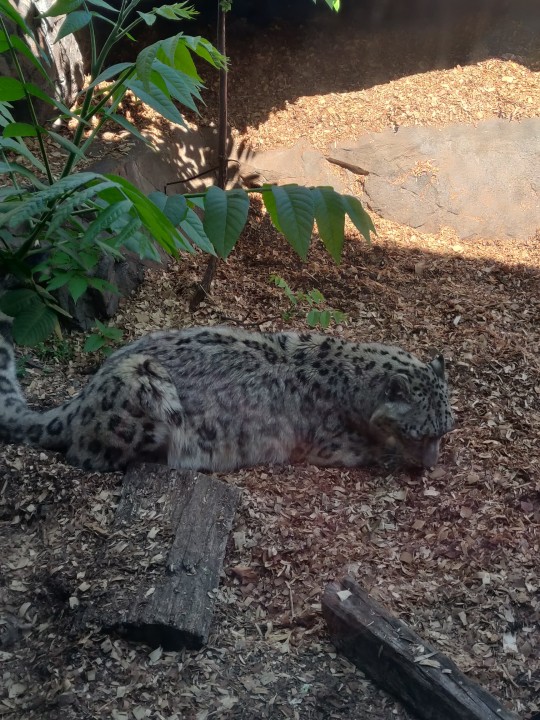
It's super hot here in the US so our already incredibly elusive snow leopard has been hanging out in his indoor, air conditioned, off exhibit enclosure more often lately. Today was a cooler day so this is the first time I've seen him in 2 weeks!
#aza zoo#snow leopard#snow leopards#felines#cats#big cats#wildlife#zoo animals#mammals#nature photography#naturalist#nature#asia#asian wildlife#wildlife biology#wildlife biologist#ecologist#ecology#mine
57 notes
·
View notes
Text

Day 761 of posting pictures of elephants.
Source: Asian Elephant Projects
#no photographer listed#cute animals#cuteness#elephant#image of the day#not my image#cuteness overload#elephants#wildlife#adorable#nature#asian elephant
180 notes
·
View notes
Text

I think we can guess why the blunt-headed burrowing frog is also known as the balloon frog.
14K notes
·
View notes
